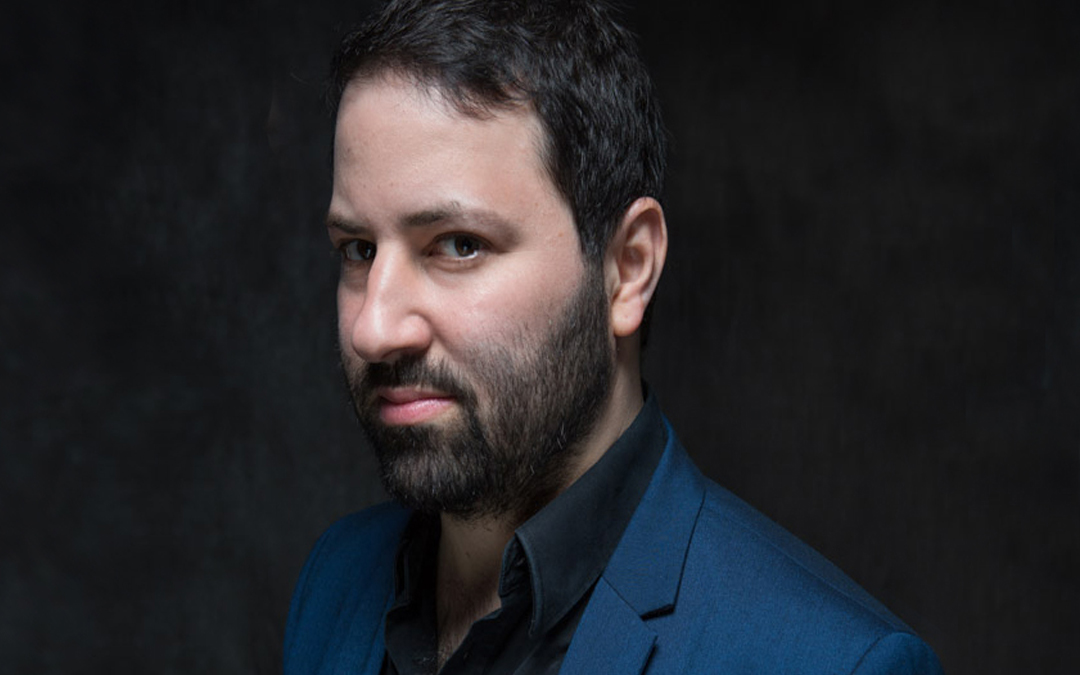Playwriting for the Screenwriter II: Submissions & Successes
January 10, 2019
Photo courtesy of Julieta Cervantes / www.broadway.com
So you’ve written a play! You’ve honed your characterization and dialogue, you’ve kept in mind theatre’s technical challenges, and you’ve generated ideas to creatively inspire an audience. Congrats!
Now the ‘real’ work begins… submitting!
Research is Part of Writing
Whether you’re a screenwriter or a playwright, the submission process can be long and grueling. The difference is many theatres don’t have the same public presence as studios, so there will likely be no news alerts or social media announcements if they change their submissions policy to accept new material. Unless the change is part of a program they’re promoting (a new play festival, the creation of a new works ‘lab,’ etc.) a theatre might not do anything to announce an open submissions policy other than mentioning it on their website. Because of this, many of your hours will be spent finding theatres who not only may be a good fit for your work but who are open to new material. Instead of going through this research and submission phase once to find representation or once per script, you may do this multiple times for each play you write.
When fellow screenwriters ask why I left the genteel world they imagine playwriting to be, I pull out my writer’s notebook and flip through pages where every single line is covered in submissions notes. Then I point out that between locating potential matches, writing personalized queries, and reformatting my work to match their requirements, each line represents 30 minutes to an hour of work. Personally, I’d know it was time to stop writing queries for the day when I’d start fantasizing about replacing the phrase, “Per the instructions on your site…” with “In accordance with the prophecy....”
Where to Find Submission Opportunities
A good first step in finding submission opportunities is to participate in playwriting groups, online loops, and community sites. Local groups are great because theatres are often eager to promote local talent, and your nearest playwriters’ group may have insights into who wants what. Two other avenues I recommend are Reddit.com/r/playwriting and a highly active Yahoo group (yup, they’re still a thing!) called playwrightbinge. The Reddit group is informative on playwriting in general, whereas the Yahoo group is dedicated to sharing submissions info.
How to Pitch Your Work
You’ve found the theatre looking for your type of material; now it’s time to consider how you’ll pitch your work. As a screenwriter, your familiarity with loglines will help, but you should also be prepared to address common questions literary departments may have regarding your material. Theatres don’t just want to know what your play is about, they want to know how it’s going to be staged.
A screenplay logline that reads like this:
The Lightning Storm: Urgency charges the air as the head of a revolutionary government works through the night to create his country's first constitution before the previous theocratic leaders can declare the election results invalid.
May become:
The Lightning Storm: In this unproduced, full-length drama, urgency charges the air as the head of a revolutionary government works through the night to create his country's first constitution before the previous theocratic leaders can declare the election results invalid.
One dual-purpose set, 7 men, 2 women. Themes of homosexuality, religion, politics, and civil rights will be explored. A priest shoots someone on stage.
The second, theatrically-favorable version answers some of an artistic director’s top questions: Production history, length, tone, tech/set requirements, cast size (M/F), and who might protest. Consider these elements when crafting your pitch, because you want to give the decision-makers as much information up front.
Once you’ve researched theatres and established your answers to common questions, you’re ready to submit. This is another place where the screenwriting and playwriting worlds diverge. While there are exceptions, rejections in screenwriting usually follow quickly after submission. However, a backlogged theatre company might not respond for over a year—if at all. Many theatres don’t have the capacity to employ interns as script readers or to perform admin duties (like sending rejections).
From Pitch to Production
If I haven’t scared you off, here’s the good news. Many theatres love developing new works! In screenwriting, the first draft you send can be the last people read. However, theatres often love to help writers refine new projects. There are quite a few opportunities for public readings and scene showcases. It may be tempting to rush straight for a full production, but great plays are often developed over several years. Public and private readings will give you the chance to hear feedback and help you establish relationships with theatres that may lead to future opportunities.
Finally, when you do achieve that coveted success and have a show in production, wear your power lightly. Yes, the playwright is the most powerful person in theatre—yet another clear distinction between screenwriters and playwrights—but you’re not the most powerful person in their theatre. You may have the ability to shutter a production, but this doesn’t give you the authority to tell a theatre what songs they must license or give an actor line notes. It’s important to remember that the joy of theatre is its inherently collaborative nature. Every participant wants to contribute–and they remember people who don’t let them. So if you feel tempted to shoot down someone’s ideas, stop, collaborate with your team, and listen to the perspective they bring to your work.
And when you’re accepting your Tony, don’t forget to thank your friends at Final Draft!
Written by: Kathleen Cromie
Kathleen Cromie is a professional script analyst and playwright. Her plays have been produced in America, the UK, and France (in translation).



